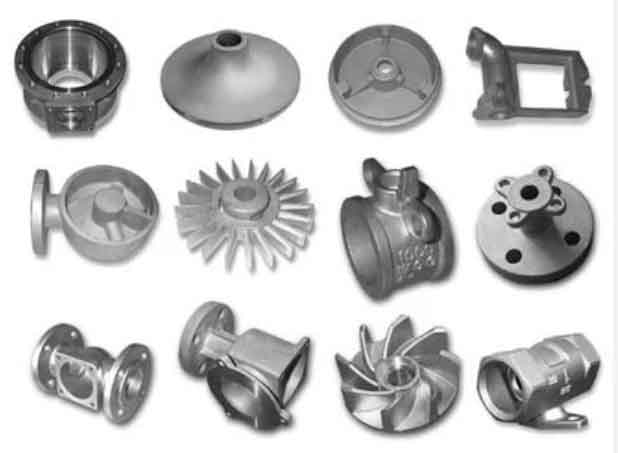Ductile iron casting has indeed undergone significant evolution over the years, transforming from a brittle material to a highly durable and versatile casting option. The development of ductile iron involved advancements in metallurgical understanding, casting techniques, and the addition of various alloying elements. Let’s explore the evolution of ductile iron casting in more detail:

- Introduction of Gray Iron: The history of ductile iron begins with the development of gray iron, which is a brittle material. Gray iron has excellent castability but lacks ductility and impact resistance. Its high carbon content leads to the formation of graphite flakes, which act as stress concentrators, making the material prone to brittle fracture.
- The Invention of Ductile Iron: In the 1940s, researchers at the International Nickel Company (INCO) discovered a process called “spheroidization.” This process involved the addition of small amounts of magnesium to molten iron, which changed the structure of the graphite flakes into spheroidal or nodular shapes. This discovery marked the birth of ductile iron.
- Enhanced Ductility and Strength: The spheroidal graphite structure in ductile iron provides several advantages over gray iron. The rounded graphite nodules act as “crack arrestors,” preventing the propagation of cracks and making ductile iron significantly more ductile and impact-resistant than its gray iron counterpart. Additionally, the spheroidal graphite structure improves the strength of the material.
- Alloying Elements: To further enhance the properties of ductile iron, various alloying elements are added during the casting process. The most common alloying elements include silicon, manganese, and small amounts of other elements such as copper, nickel, and molybdenum. These additions refine the microstructure of the material, improving its strength, toughness, and corrosion resistance.
- Improved Casting Techniques: The evolution of ductile iron casting also involves advancements in casting techniques. Modern methods such as green sand casting, lost foam casting, and precision casting have improved the production efficiency and dimensional accuracy of ductile iron castings. Advanced molding and gating systems, along with improved quality control measures, have also contributed to the overall improvement of ductile iron castings.
- Application Expansion: Due to its superior mechanical properties, ductile iron has found extensive applications in a wide range of industries. It is commonly used in automotive components, such as engine blocks, cylinder heads, and suspension parts. It is also widely employed in construction, agriculture, mining, and general engineering applications.
- Ongoing Research and Development: The evolution of ductile iron casting is an ongoing process. Researchers and industry professionals continue to explore new techniques, alloy compositions, and heat treatment methods to further enhance the properties and performance of ductile iron. This includes improving its fatigue resistance, wear resistance, and high-temperature strength.
In conclusion, the evolution of ductile iron casting has transformed it from a brittle material to a durable and versatile option. Through the introduction of spheroidization, alloying elements, improved casting techniques, and ongoing research and development, ductile iron has become a highly reliable material for a wide range of applications, providing excellent mechanical properties, durability, and cost-effectiveness.
